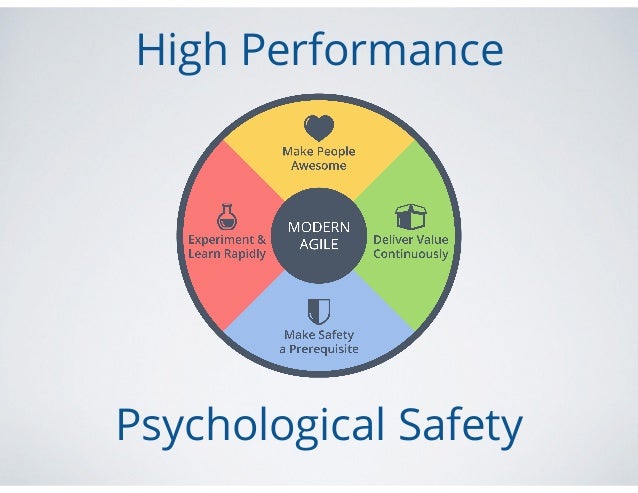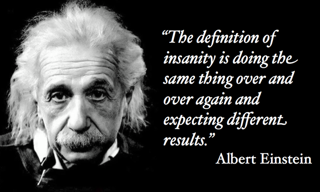Oki! Bonjour Mesdames et Monsieurs, and Good Morning Ladies and Gentlemen and especially to our CCH Graduates of 2018.
Although I love movies, I’m not great at taking them in at the theatre and so unfortunately I’ve not seen the movie, “The Greatest Showman” from which you’ve taken your grad theme, “We are Glorious.” But I did listen to your theme song, “This Is Me” and reviewed the lyrics with much interest. I want to read to you a portion of those lyrics:
“I am brave, I am bruised
I am who I’m meant to be, this is me.
Look out ‘cause here I come
And I’m marching on to the beat I drum.
I’m not scared to be seen
I make no apologies, this is me.”
I don’t believe we can teach you or leave you with a better lesson from our Catholic education system than from those lines. I am brave, I am bruised reminds us that life isn’t always easy. When you were younger, your parents and families seem to always be there when you were in trouble or kept you from getting hurt. But over time, they loosened the reins, allowed you more earned freedom and decision making which allowed you to become more resilient. That gradual release enabled you to become brave but also left you opportunity to be bruised. That same experience occurred in your schooling as we, your educators prepared you for more responsibility as you transitioned from early learning to elementary to junior high to high school and now on to your next chapter.
But I think the most critical line in the song is, “I am who I’m meant to be, this is me.” In our Catholic faith, we believe that we are all created in the image and likeness of God. How do you get better than that? You are a unique individual. You have been provided many God given gifts that you must embrace and use to be you! It may be your intellect or your compassionate heart. It may be your artistic skills or your ability to work with your hands. Maybe you are a natural leader or the very best team player. Whatever gift God has given you, be it your gender or your sexuality, or your heritage or any other gift…it is who you are meant to be. Don’t be apologetic, be you!
The only request from God is for you to be the best version of yourself. And the best version of yourself doesn’t involve Botox or plastic surgery. The best version of yourself is about being your true authentic self in order to serve others. Our world needs graduates like you, who without apology, will be themselves in order to serve others, especially those who are most marginalized. This is not about political activism but rather and most simply about serving for the greater good!
Take your grad theme to heart. Be glorious! Be brave knowing that you will be bruised but always be you. Remember that God created each of you unique but always in His image and likeness. Don’t ever apologize for that!
On behalf of the school division, I wish you the best of luck in your future and wish you God’s blessings. Thank you!


